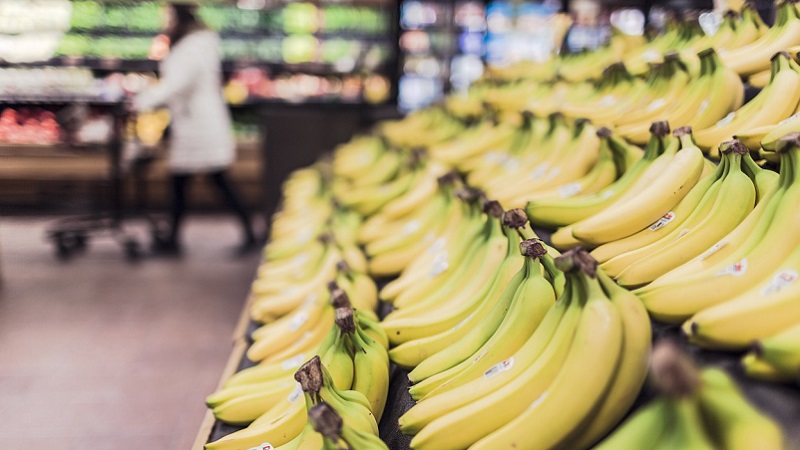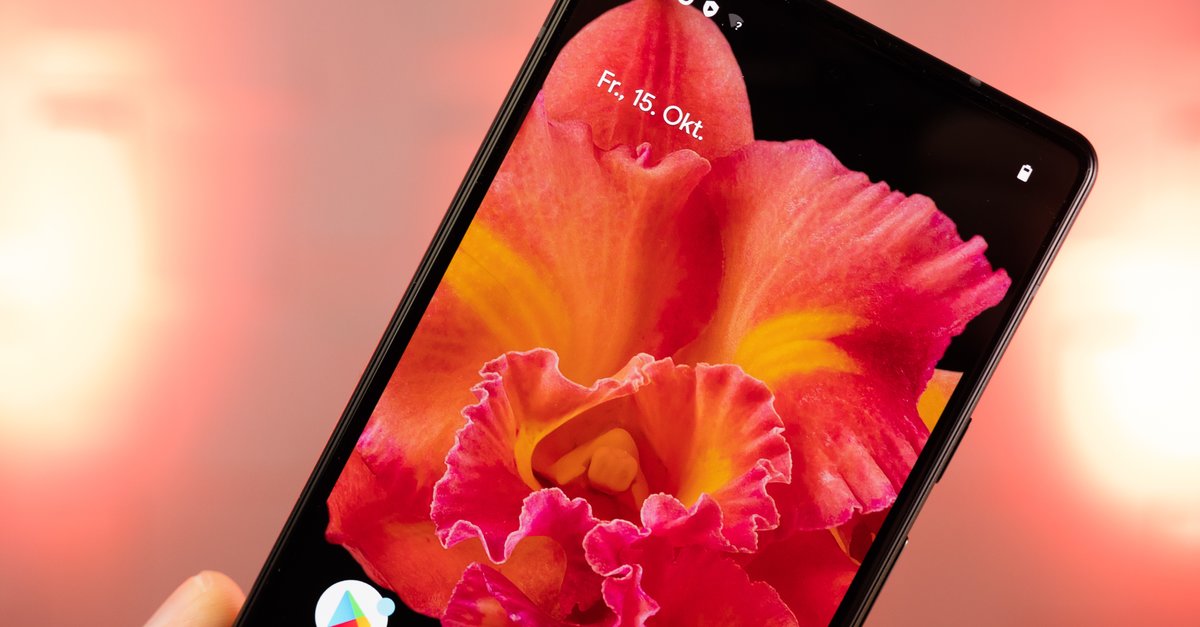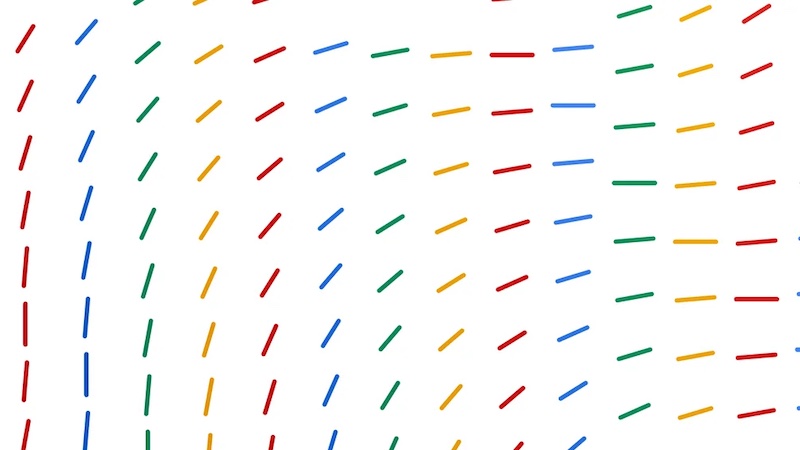These 3 apps will help you with that
There is a green label on almost every product in the supermarket. But: Which seals are worthless and which ones really stand for sustainability? And what about the ingredients? With these three apps you can finally shop healthily and sustainably.
Shopping healthy and shopping sustainably: These two goals are relatively high on the list of priorities for many Germans. The problem with this: Neither of the two goals is particularly easy to achieve.
Of course it is possible to drive to the organic farm and buy fresh fruit, vegetables and milk directly from the producer. But even then the question arises: What actually makes an organic farm an organic farm?
Contents
Shop healthy and sustainable: 3 essential apps for your smartphone
The situation in supermarkets is even more difficult. Almost every food manufacturer now advertises with green logos. Terms such as “organic”, “natural” or “certified” quickly give us consumers the impression that we are buying a good product.
But unfortunately it is not that easy. Some seals can be bought, other seals are awarded even though dangerous ingredients are present, and other product information is concealed.
That’s why we would like to introduce you to three practical and helpful apps that you can use to shop sustainably and healthily.
1. Compare the seal of approval with the Nabu “seal check”
The first of the three apps is the “seal check” (for iOS and Android) of the German Nature Conservation Union (Nabu). This is particularly helpful in the jungle of labels and seals in the supermarket.
The app contains a scanner with which we consumers can easily photograph logos. The app then searches the database and returns the appropriate result. Alternatively, you can scroll through the list to get an overview.
The app relies on a rating system. A green thumb stands for an ecologically recommendable product, a yellow thumb for a good product with potential for environmental improvements, and a red thumb indicates problems.
Incidentally, particularly good products even get two green thumbs.
2. Identify pollutants and toxins with the Toxfox app
And the Federation for the Environment and Nature Conservation Germany (BUND) also helps us consumers with shopping. For this, the institution has the Toxfox app (for iOS and Android) developed.
As the English name of the application already suggests, it is a sniffer for toxic substances. The app focuses primarily on cosmetics and children’s toys. However, textiles, electronic devices and furnishings can also be analyzed.
To find out whether a skin cream or a child’s toy contains dangerous ingredients, it is sufficient to scan the barcode. According to BUND, the most dangerous are hormone-based pollutants, microplastics in various variations and nanoparticles of all kinds that contaminate our body.
3. Analyze questionable ingredients in the supermarket with the code check app
Arguably the oldest companion on the market is the Codecheck app (for iOS and Android). Nice during his study In 2002, founder Roman Bleichenbacher started to create a digital database for food and cosmetics that recognizes and declares ingredients.
The app has been available in the world’s app stores since 2010 and has therefore been a valuable companion for over a decade. Because while Toxfox has problems with food, Codecheck specializes in it. The second mainstay here are also cosmetics.
For analysis, it is sufficient to scan the bar code of the product with a mobile phone. You will then find out whether a product contains hormones, microplastics, palm oil, gluten or lactose. The app also tells you whether a product is really vegetarian or vegan.
What is particularly nice in the Codecheck app is the simple presentation and explanation of the ingredients. There are products with harmless and questionable ingredients. Likewise, the information is divided into different gradations. Conclusion: Very helpful.
Also interesting:



